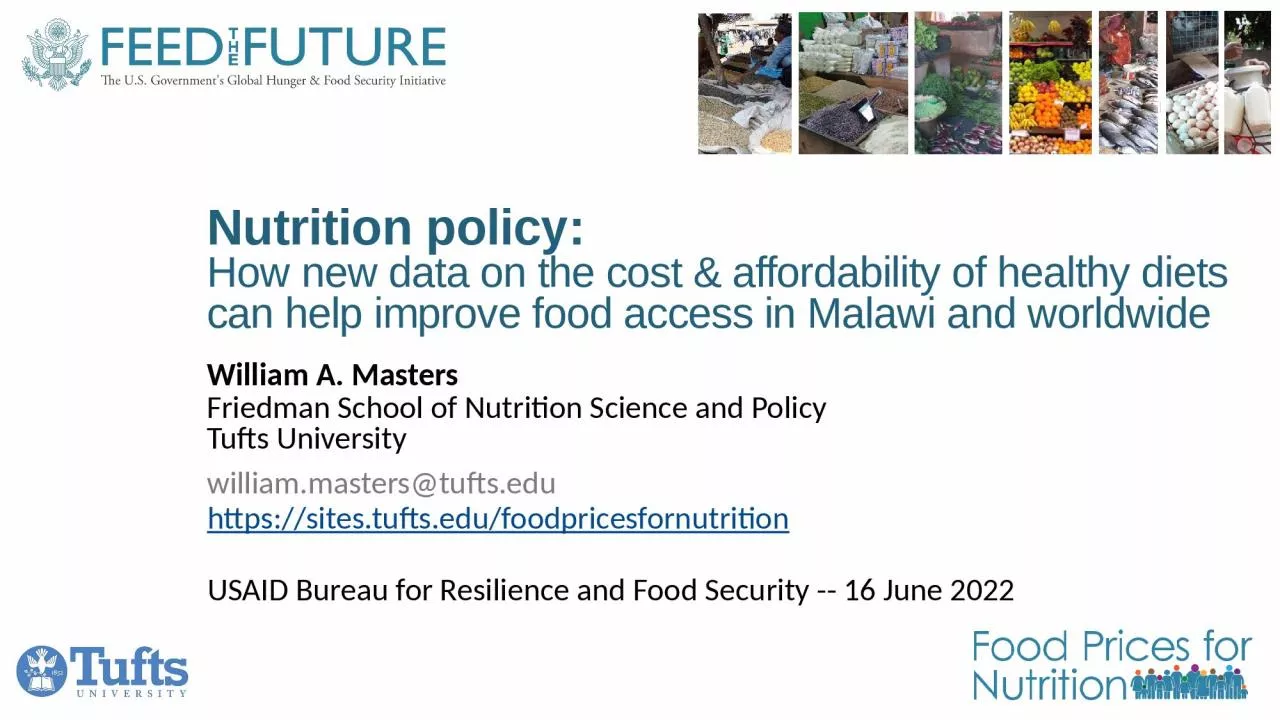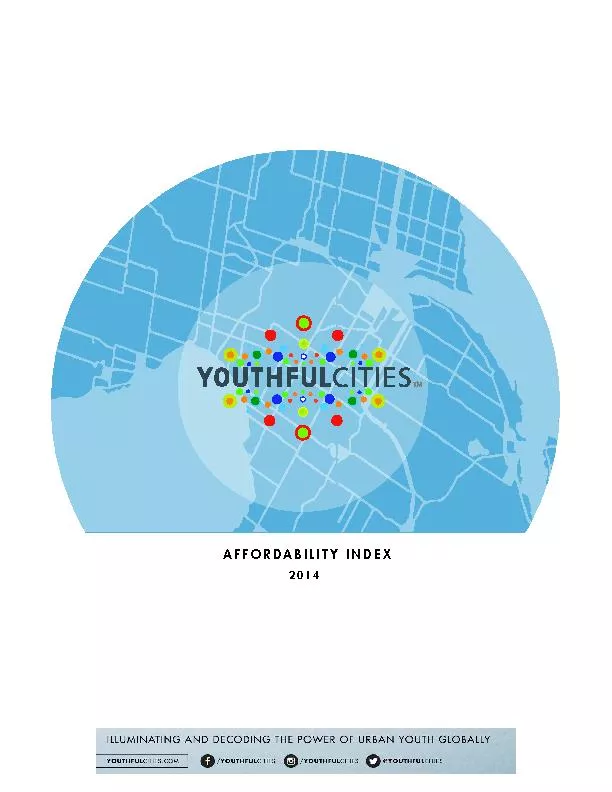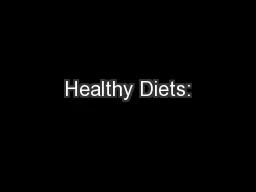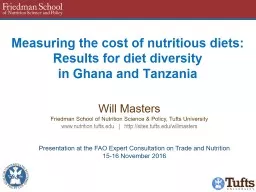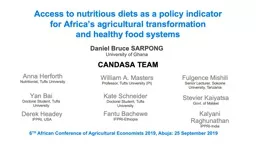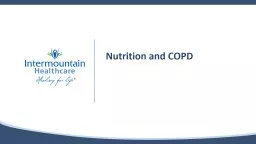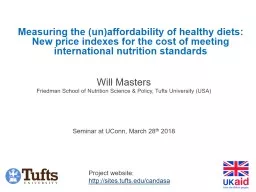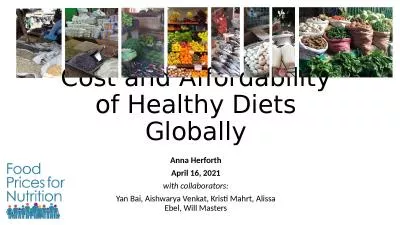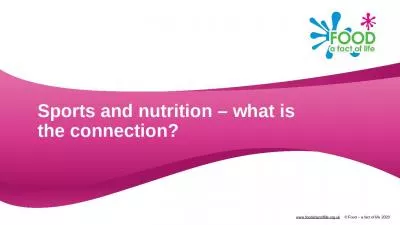PPT-Nutrition policy: How new data on the cost & affordability of healthy diets
Author : abigail | Published Date : 2024-03-13
can help improve food access in Malawi and worldwide httpssitestuftsedufoodpricesfornutrition William A Masters Friedman School of Nutrition Science and Policy Tufts
Presentation Embed Code
Download Presentation
Download Presentation The PPT/PDF document "Nutrition policy: How new data on the c..." is the property of its rightful owner. Permission is granted to download and print the materials on this website for personal, non-commercial use only, and to display it on your personal computer provided you do not modify the materials and that you retain all copyright notices contained in the materials. By downloading content from our website, you accept the terms of this agreement.
Nutrition policy: How new data on the cost & affordability of healthy diets: Transcript
Download Rules Of Document
"Nutrition policy: How new data on the cost & affordability of healthy diets"The content belongs to its owner. You may download and print it for personal use, without modification, and keep all copyright notices. By downloading, you agree to these terms.
Related Documents

